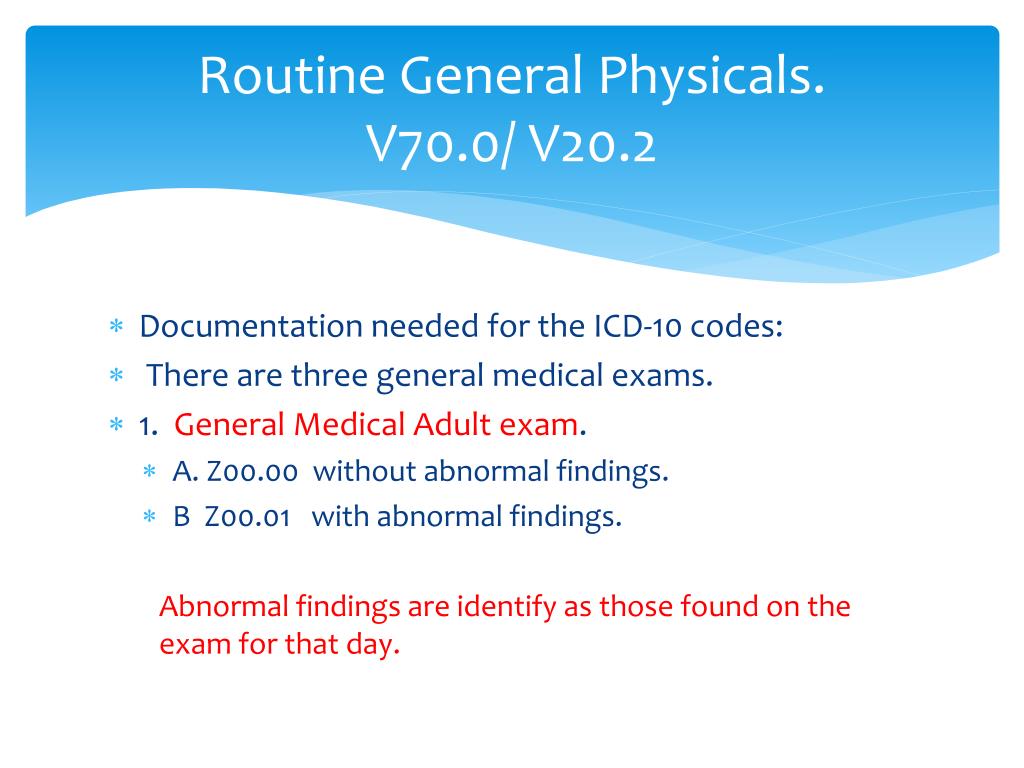
In general, a resting heart rate over 100 beats per minute is accepted as tachycardia in adults. The patient is a 62-year-old female who has paroxysmal atrial tachycardia and takes Inderal 40 mg four times a day and Lanoxin 0.25 mg daily for this. It is also known as "Bouveret-Hoffmann syndrome".
#Parozysmal atrial flutter icd 10 code#
The ICD-10-CM code I48.0 might also be used to specify conditions or terms like non-rheumatic atrial fibrillation or paroxysmal atrial fibrillation. The ICD-10-CM Alphabetical Index is designed to allow medical coders to look up various medical terms and connect them with the appropriate ICD codes. Atrial (paroxysmal) tachycardia Atrioventricular (paroxysmal) tachycardia. Paroxysmal means that the episode of arrhythmia begins and ends abruptly. The ICD code I47 is used to code Tachycardia.

2022 ICD-10-CM Diagnosis Code I47 Paroxysmal tachycardia 2016 2017 2018 2019 2020 2021 2022 Non-Billable/Non-Specific Code I47 should not be used for reimbursement purposes as there are multiple codes below it that contain a greater level of detail. This is the American ICD-10-CM version of I47.1 - other international versions of ICD-10 I47.1 may differ.

Showing 1-25: ICD-10-CM Diagnosis Code I47.9 Paroxysmal tachycardia, unspecified. The cause of this condition is not accurately known, though it is probably of nervous origin and can be aggravated by physical wear and tear. ICD-10-CM I47.1 is grouped within Diagnostic Related Group (s) (MS-DRG v39.0): Tachycardia means that the heart is beating abnormally fast. The 2021 edition of ICD-10-CM I47.1 became effective on October 1, 2020.


 0 kommentar(er)
0 kommentar(er)
